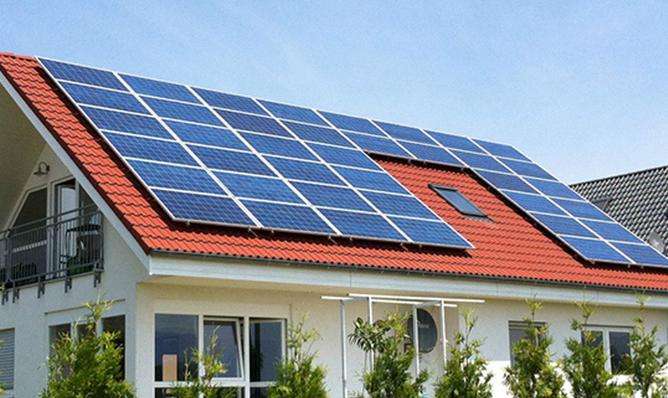This should be 1020 tonnes.
300,000 kilowatts corresponds to 300 MW. Usually, MW refers to the electrician's rate. If you want to calculate it approximately, you can also do that: boiler tonnage × steam enthalpy per ton × turbine efficiency × generator efficiency: boiler. tonnage × 0.7 × 0.42 = MW electrical power, for example 1020 × 0.7 × 0.42 = 300 MW. The 0.7 here is 1 t/h, which is basically 0.7 MW (but it also depends on the steam parameters. The steam pressure and superheat are different, and the enthalpy value is also different. That is, the steam enthalpy is different according to different steam parameters, and there will be some deviations) 0.42 is a coefficient that takes into account the efficiency of the turbine and the efficiency of the generator (this also depends on the turbine side system).
Like what the brothers said above,in ultra-supercritical units, the pressure of the new steam in the boiler is greater than the critical pressure (22.064 MPa, less than 25 MPa). with very high settings. The enthalpy of steam per ton is The enthalpy is greater, so the work done per unit mass of steam is greater and less steam is used. But this relies on increasing the steam parameters (temperature and pressure). The unit mass of steam absorbs more heat from the fuel.
The quantity of smoke evacuated has a certain relationship with the capacity of the boiler. Generally speaking, when the characteristics of the selected fuel are the same, the greater the capacity of the boiler, the more fuel will be consumed per unit of time, therefore the actual amount of air that must participate in the reaction is more large (to ensure that a sufficient quantity of O2 participates in complete combustion), then the quantity generated. Morethe more oxides and fly ash there are, the more smoke there will be emitted. But this is not necessarily an exact linear relationship. Generally, the smoke exhaust volume has been calculated based on the fuel and excess air coefficients during boiler design.
What is the general thermal efficiency of pulverized coal furnaces in thermal power plants? What about circulating fluidized bed boilers?
Of course, it is winter, because the temperature of the circulating water entering the condenser is lower in winter, and relatively speaking, the temperature difference with the main steam is more big. According to the principle of thermodynamic cycle, the greater the temperature difference, the easier it is to convert the thermal energy of steam into energy. For boilers, since the inlet air temperature is lower in winter than in summer, the same volume of air mustabsorb more heat to reach the same temperature, thereby lowering the temperature of the boiler exhaust gas and increasing the thermal efficiency of the boiler. efficiency. However, for northern power plants that need to invest in heaters, separate calculations are required.
In terms of design values,
The efficiency of large pulverized coal boilers can reach about 93%,
CFBB can reach 91%, generally only 88% to 90%%.
Generally speaking, a curve can be drawn from boiler efficiency and load through testing. The highest efficiency point is around 80-90% of the boiler load. It's a bit similar to the economical speed of a car. This speed is the most fuel efficient and has the lowest fuel consumption.














